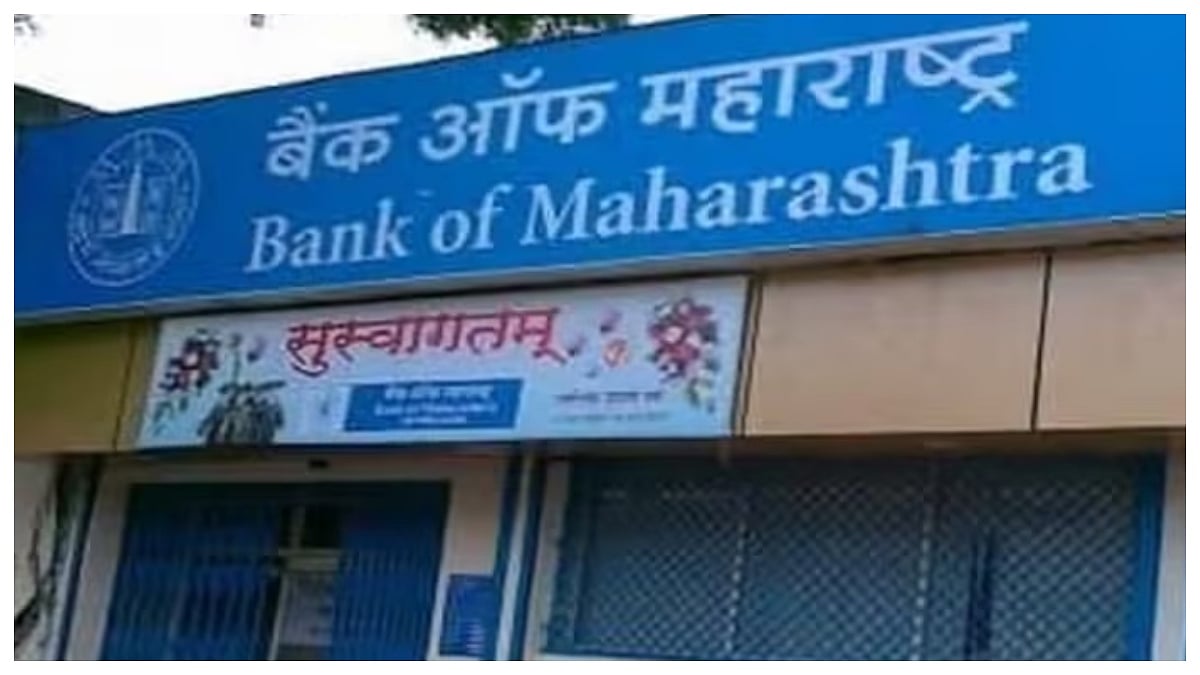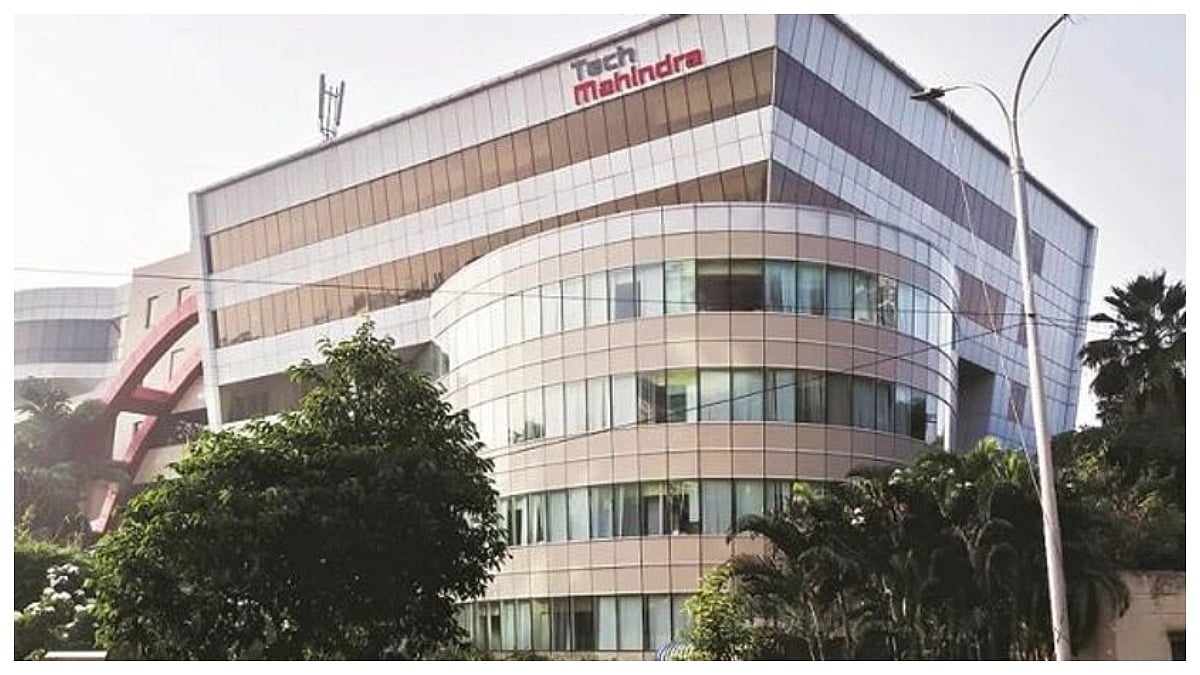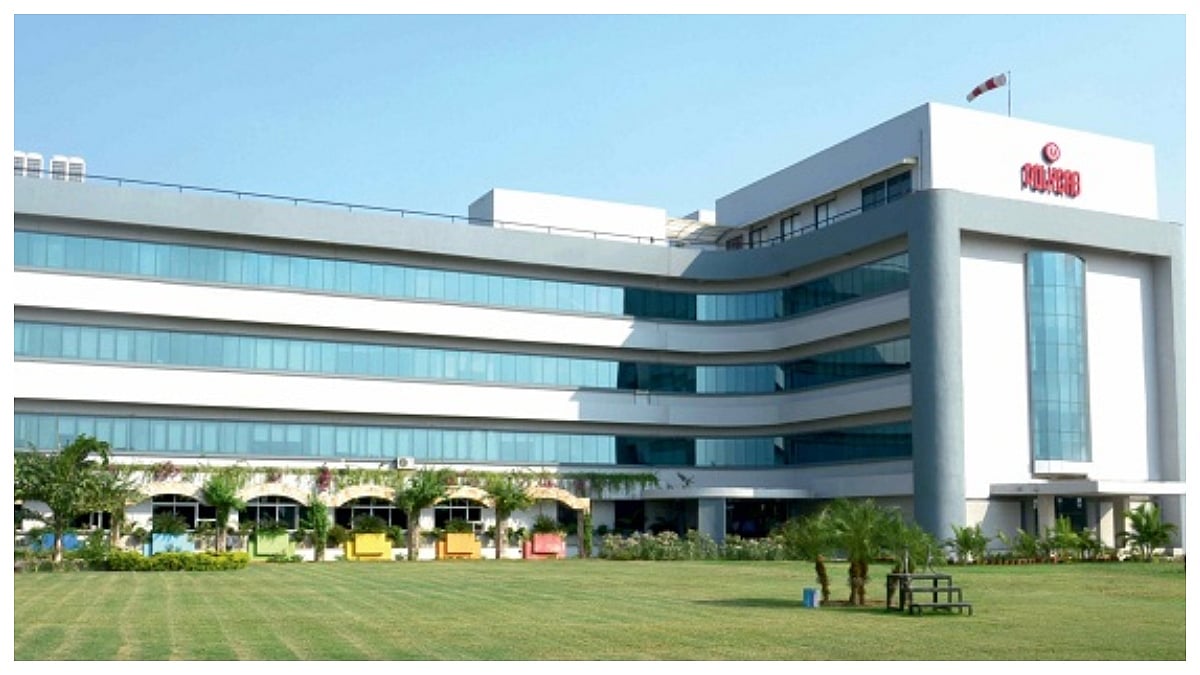The Union Budget 2018-19 has focused majorly on boosting agriculture, affordable housing, infrastructure, healthcare, insurance and education sectors while leaving the basic income tax rates and the slabs unchanged.
With the GDP forecast pegged at 7.4 per cent for 2018, the Budget announced a slew of changes, which included a reintroduction of long-term capital gains (LTCG) tax of up to Rs 1 lakh at 10 per cent on stocks and equity mutual funds, relief for senior citizens on interest income and a standard deduction for salaried employees which will, particularly, benefit those who are in lower tax slabs. The Budget also proposes an increase in cess from 3 per cent to 4 per cent, which is charged on the amount of income tax payable.
Overall, the Budget-2018 has a huge focus on agriculture and rural economy, business environment, infrastructure development and health.
Real Estate: A fillip to affordable housing
Affordable housing sector has received a fillip in the form of setting up of a dedicated Affordable Housing Fund (AHF) under National Housing Bank (NHB). Sharad Mittal, Head-Director, Motilal Real Estate Investment (MORE), says, “The government’s focus on affordable housing and their endeavour towards ‘Housing for All’ continues. Demand side was addressed in the pre-budget development when the GST was reduced from 12 per cent to 8 per cent on affordable housing projects and for buyers under the Credit Linked Subsidy Scheme (CLSS). Through this budget, the government has tried to address the supply side by this announcement.”
According to Abhishek Singh, Chief-Operations, Paarth Infrabuild Pvt Ltd, all this will help in fulfilling the country’s need. But for a while, the realty sector was expecting for a status of industry. “Also, benefits to new home-buyers may be extended through relaxing the tax slabs/ tax benefits to developers.”
The other announcements like AMRUT programme on water supply to all households in 500 cities with 494 projects of Rs 194 billion, Saubhagya Yojna for free power connection to 4 crore houses and Ujwala yojna promising 8 crore free gas connections are the government’s attempt to provide hygienic livable conditions enabling nothing but affordable housing, points out Arvind Hali, MD and CEO, ART Affordable Housing Finance.
Besides, the Reserve Bank of India (RBI) is constantly reducing the interest rates, thus making the borrowing cost for properties more reasonable and affordable to the masses, points out Ankit Totla, Co-Founder and Director, Investimonial.
In addition, after demonetisation, the secondary market witnessed a bit of turbulence due to the absence of liquidity, points out Ashish Jindal, Co-Head, Real Estate, Sanctum Wealth Management. “Additionally, in major cities, the circle rates were increased and had become more than the market rates. This resulted in a gap between the two rates, which was counted as income in hands of both buyer and seller. The budget has given a big relief by allowing up to a 5 per cent gap between the two and this has the potential to remove the irritant and revive secondary market transactions,” he says.
Infrastructure: Bridging the gaps
The budgetary support of Rs 5.97 lakh crore for the financial year 2019 will be a big positive for the sector and supplementary industries such as cement, points out Yadupati Singhania, Chairman and Managing Director, JK Cement.
“The focus of the government will likely remain on effective and timely execution of existing projects, with the finance minister promising construction of 9,000 km highways by the end of financial year 2019. Also, it was encouraging to see the reinforcement of the government’s commitment to the Bharatmala Project, which will be a major boost to demand in the next financial year.”
In fact, the infrastructure sector this year had the second highest allocation of the total budget, clearly indicating the motive of the government of development, points out Totla. “Further, we can expect more focus on infrastructure, including renewable energies, roads, and housing in the near future.”
Insurance: A wider outlook
The world’s largest government’s funded healthcare program-National Healthcare Protection Scheme (NHPS) will have approximately 500 million beneficiaries, an insurance scheme of up to Rs 5 lakh per family per year for secondary and tertiary-care hospitalization. “I believe this will also create lakhs of new jobs in the country as new healthcare facilities will come up in smaller districts and villages. This move will go a long way in empowering India’s poor and underprivileged,” says Antony Jacob, CEO, Apollo Munich Health Insurance. India, the second most populated country in the world, with a sizable population (20 per cent) above the age of 60 years. The ageing population has typical healthcare requirements and to fund the same they are keen to seek a health insurance cover.
“However, post-retirement they are worried about funding health insurance premiums. The government’s multiple initiatives would enhance the affordability of buying health insurance for senior citizen. This is a welcome move and will go a long way in providing them with a financial cushion in medical adversities.”
The Budget made announcements of healthcare for all, increase in deductions for senior citizens’ policies, and the increased expenditure on farm and rural support, however, the core to the success of all these initiatives is the need for usage of cutting-edge data and analytics tools, points out Shivakumar Shankar, MD, LexisNexis Risk
Solutions. “Underwriting our vast population for state-funded health insuran-ce and the delivery of cost-effective models for healthcare will depend on the government and the Ministry of Health utilising insights into existing data, and analytics frameworks that can result in an exponential increase in the penetration of health insurance in India, prevent frauds and misuse and broaden access to healthcare facilities for all.”
Round-up: From the taxpayer’s perspective
As an individual tax payer, the expectations from budgets cannot be more than reduction of the maximum tax rate in line with the corporates that is 25 per cent, higher basic exemption limits and increased limits under chapter VI-A deductions, says Totla. “Further, we should look forward
towards higher and genuine benefits to be passed on to salaried class people as the current years standard deduction of Rs 40,000 after reduction of the travel and medical allowances were not of much benefits being passed on to the people under employment.”
Also, if the petroleum products are bought under GST, there would be a significant reduction in the cost of petrol and diesel. Thus, reduction of logistics cost and having a positive impact by reduction of cost of all things resulting in increasing the buying capacities of an individual and providing them a better standard of living, he concludes.
Quick glance
Standard deduction of Rs 40,000 for salaried people
Re-introduction of long-term capital gains tax (LTCG) on gains arising from the transfer of listed equity shares exceeding Rs 1 lakh at 10%, without allowing any indexation benefit
No TDS for senior citizens on FDs and post-office deposits up to Rs 50,000
Deduction for senior citizens increased to Rs 50,000 for medical insurance
The government to contribute 12% of wages for new employees for Employee Provident Fund
Ayushman Bharat Programme: Rs 5 lakh per year per family for 10 crore families for health expenses








